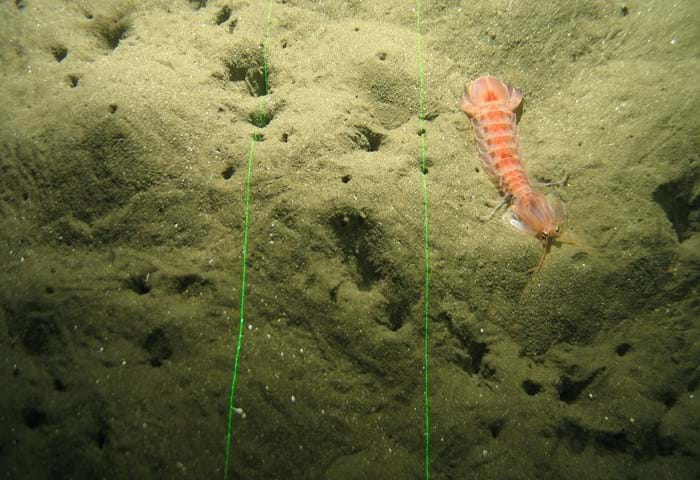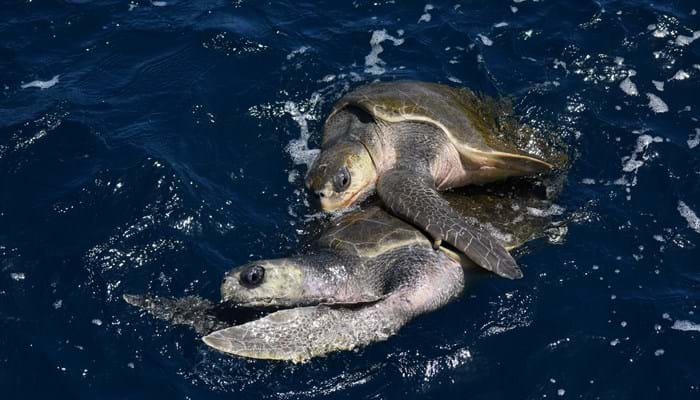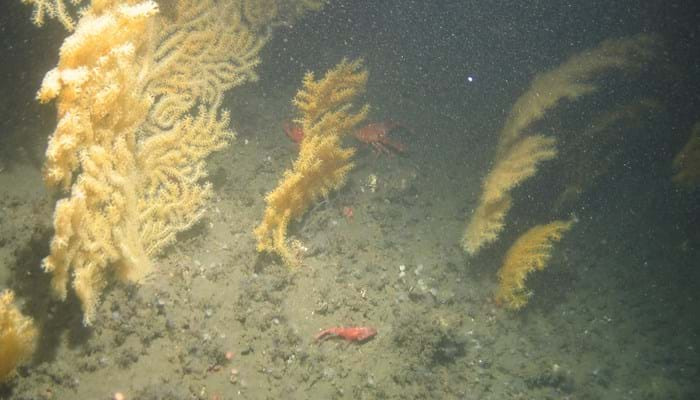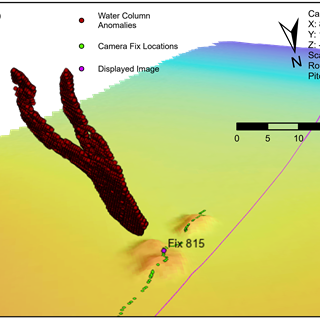Back in June and July 2019, Gardline conducted a survey within the Offshore Nicaragua Blocks C 1, C 2, C 3 and C 4 which comprised a drilling hazard site survey, a geochemical sampling campaign and the collection of samples for an Environmental Baseline. Client Reporting Manager Michael Thompson talks us through the project.
The environmental survey was conducted across an approximate area of 25,000 square kilometres. The survey comprised investigation of 67 environmental sampling stations, acquisition of 11.6km of camera footage and 4,117 line km of marine wildlife observation effort. A wide array of sampling was undertaken to acquire sediments, infauna, genetic, water and plankton samples in order to form an environmental baseline for this poorly studied area. The plan was to look at both the regional context as well as focus on the planned areas of development given there has been little industrial development in this offshore region. As well as the acquisition of samples, marine wildlife observations were undertaken during daylight hours through both the environmental sampling campaign and into the drilling hazard site survey.
A wide array of species and habitats were observed during the survey. Over 300 sightings of Olive Ridley turtles (Lepidochelys olivacea) were made, several of which appeared to be exhibiting breeding behaviour which might explain the frequency of sightings. Pods of pantropical spotted dolphin (Stenella attenuata) were also observed, accounting for an estimated 500 individuals which was approximately 44% of all large marine animals observed. During the survey, bird observations were made though sighting weren’t required to be detailed as comprehensively as the marine wildlife observations. The most frequently observed bird was the Nazca booby (Sula granti; observed on 47 of 51 days) whilst the brown booby (Sula leucogaster) was the most numerous (629 individuals). Interestingly, both these species are regularly hassled by the vampire ground finch (Geospiza septentrionalis) which will feed on blood drawn from pecking the booby’s wing tips.
The majority of the seabed was characterised by soft sediments (predominantly muddy sands) and were host to sea pens and burrowing megafauna. One of the most often observed megafaunal species in these soft sediments was a type of mantis shrimp (Squilla biformis), which was observed burrowing into and actively swimming near the sea floor. In comparison to the more commonly known mantis (i.e. peacock mantis shrimp; Odontodactylus scyllarus), S. biformis is equipped with spines on its raptorial claws rather than blunt fist like claws of the mantis shrimp so it spears its prey rather than the infamous punch.
These carbonate mounds provide a solid substrate for fauna to attach to and provides shelter which, in conjunction with the abundance of food provided by the bacteria, make these sites very diverse. Several of the mounds were inhabited by soft coral colonies, including those pictured, which were observed at a depth of 260m. Deep water soft coral colony group such are slow growing with other species reporting growth rates between 0.5 and 3.0 cm per year. As such, some of the specimens pictured are likely to be over 40 years old.
The carbonate mounds were also colonised by sea cucumbers (Holothoroidea) which were highly abundant but only noted around the carbonate mounds. In total, the environmental reporting team counted over 33,000 individuals from potentially three different sea cucumber species observed in imagery across these carbonate mounds.
Other than the faunal observations, the region also displayed interesting chemical results. One of the surprising features to the data collected was the concentrations of hydrocarbons within samples given the area has had very little offshore development for oil and gas. Normally hydrocarbon concentrations are expected to impact the infaunal community when hydrocarbon concentrations exceed 50µ g-1 of sediment, however across the survey area the mean station total hydrocarbon concentrations exceeded this at over 32 stations with a mean station concentrations reaching 408µg g-1 of sediment.
From a preliminary review of the data, the polycyclic aromatic hydrocarbons (PAHs), which tend to be the more toxic aspect of any hydrocarbons, seem to suggest that the majority of PAHs came from the burning of fuels rather than the release of unburnt petroleum sources. This makes sense given that shipping traffic and onshore industrial activity via riverine input are more likely sources for hydrocarbons in this undeveloped offshore region. The infauna macrofauna data, from a preliminary review of raw data, appears to corroborate this with the highly contaminated stations showing no infauna present.
Further investigation are still under way and these will look into results from water sampling, phytoplankton, zooplankton, infaunal macrofauna and the full genetic data.
Navigating the Balance
We provide bespoke and forward-thinking environmental services to the offshore energy sector. Let's talk to find out how we can support your project.








